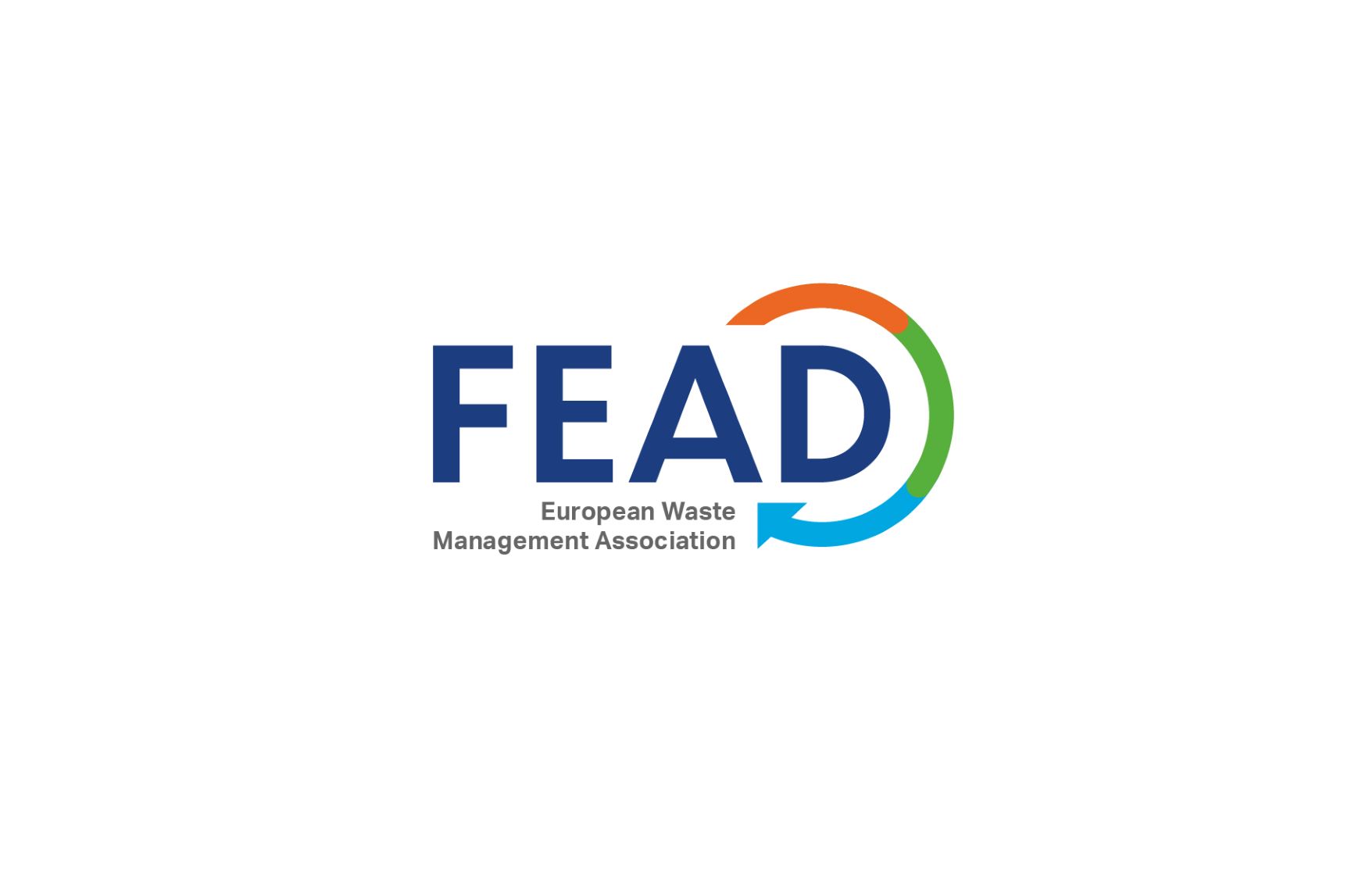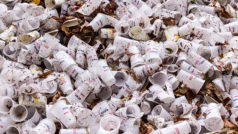The Platform on Sustainable Finance published its final report on the inclusion of new activities in the EU Taxonomy Framework. This report leaves a gap regarding the Waste Hierarchy for non-hazardous residual waste, several waste management associations have said yesterday. According to the statement, the EU Taxonomy Framework should push for the implementation of the top steps of the Waste Hierarchy. However, it should also empower the environmentally sound treatment of the non-recyclable material: residual waste.
Despite the best efforts to prevent waste and to sort for recycling, there will always be a remaining fraction of non-recyclable residual waste which should be treated in the most sustainable way.
In the statement, several associations call for the inclusion of Waste-to-Energy (non-hazardous waste incineration with energy recovery) in the EU Taxonomy Framework. They propose the following conditions to ensure that the activity does no significant harm:
- The Waste-to-Energy facility treats only non-recyclable waste;
- The National Waste Management Plan is designed in such a way as to ensure the separate collection of all mandatory fractions as well as the achievement of waste prevention aims, reuse and recycling targets and is in the process of being implemented or implementation has been completed;
- The facility meets the R1 energy recovery criterion.
With such conditions in place, Waste-to-Energy enables the treatment of non-hazardous, non-recyclable waste higher up in the Waste Hierarchy. It is the very much needed solution in Member States where landfilling non-hazardous, recoverable, residual waste is still the dominant practice. And this way Waste-to-Energy contributes to the circular economy objective under the EU Taxonomy Framework.
Additionally it contributes to the pollution prevention objective: Waste-to-Energy ensures the most sustainable treatment for non-hazardous residual waste by destroying pollutants embedded in the waste. At the same time it recovers precious energy and clean materials from the bottom ash such as metals and aggregates.
The full common statement can be found here.









